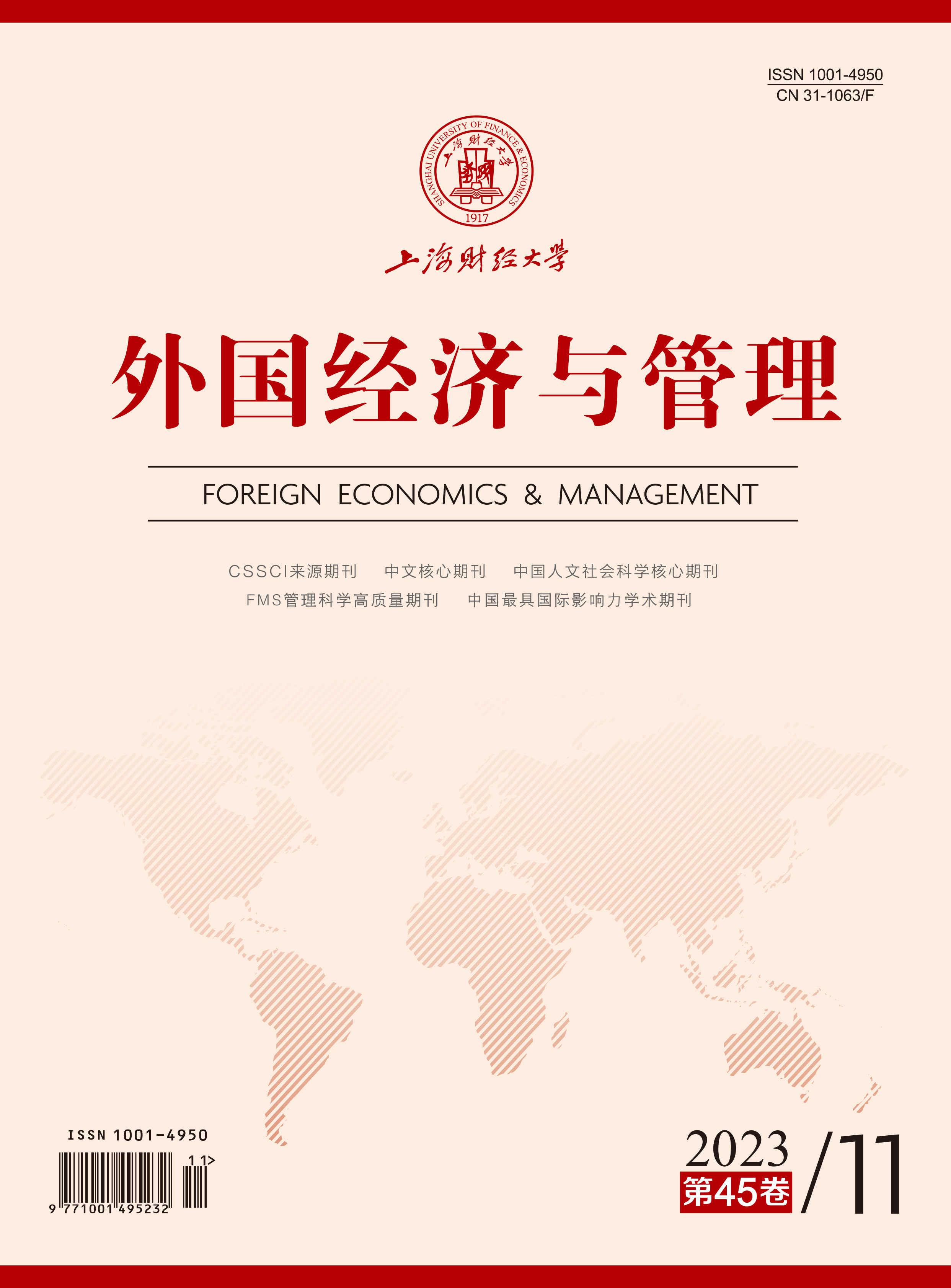With the advent of the digital era, organizations are increasingly adopting electronic performance monitoring (EPM), which is progressively dissipating boundaries between employees and their organizations. Whether such digital-driven monitoring mode can achieve the expected results has attracted widespread attention from both academia and the industry. Despite recently ascending consideration of this topic among domestic scholars, EPM research remains concentrated in the Western context. Overall, research on EPM in China is still at a preliminary phase, lacking a systematic review of existing literature.
Firstly, using the bibliometric method, this paper takes 44 literatures on EPM in the Web of Science and CNKI databases as of June 2023 as the research object, and delineates growth trends and keyword co-occurrence networks to map the research landscape.
Secondly, based on a review of relevant literature both domestically and internationally, this paper clarifies the origin and connotation of EPM, as well as the connections and differences between EPM and traditional performance monitoring. It also elaborates on the standards and methods for measuring EPM from four aspects: perception purpose, monitoring degree, evaluation frequency, and feedback quality. Then, it systematically summarizes the theoretical foundations of existing EPM research, such as planned behavior theory, social exchange theory, and social promotion theory.
Thirdly, this paper summarizes the antecedents of EPM from the two levels of individual employee and monitoring function. Individual employee factors include demographic characteristics, personality traits, and perceptions and emotions towards the organization. Monitoring function can be divided into three types: EPM to improve productivity, EPM to exert control over employees, and EPM for support, coordination, and planning. It also summarizes the outcome variables of EPM from three aspects: job performance, employee emotional attitude, and employee behavior. In addition, this paper reviews the moderating mechanism of EPM from four aspects: employee, leader, customer, and firm.
Finally, this paper reveals theoretical contributions and practical implications, and discusses the deficiencies and future directions of EPM research, aiming to provide valuable references for future domestic research on EPM. For example, in terms of research method, a multi-stage and multi-data-source approach can be adopted for longitudinal tracking research; in terms of research content, in-depth research can be conducted on the influencing factors of EPM; in terms of research perspective, EPM can be studied from the perspective of other stakeholders such as managers and customers; in terms of theoretical foundations, more abundant and comprehensive research can be formed by utilizing the balance theory, the resource conservation theory, etc.





 5329
5329  5098
5098

